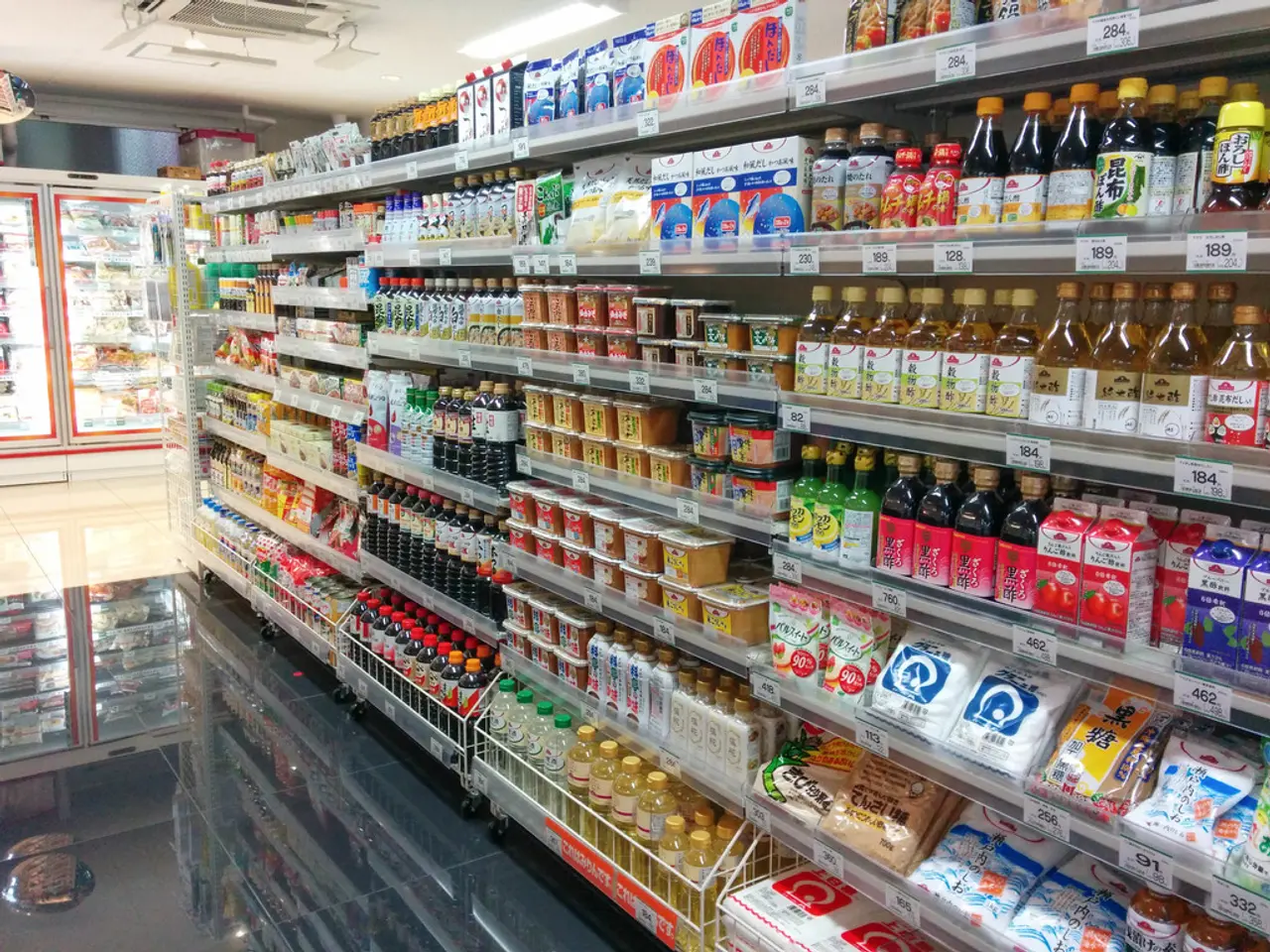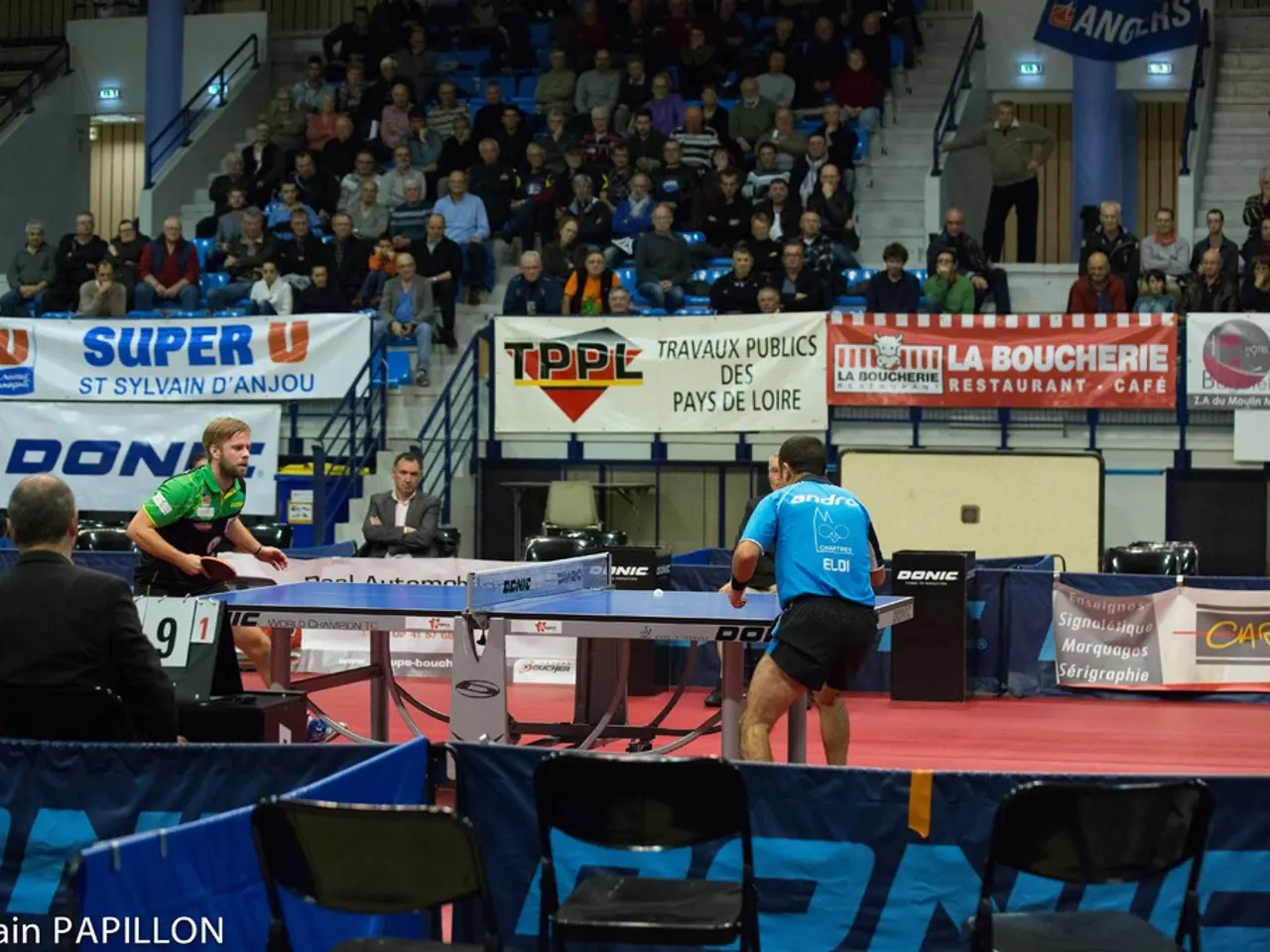The transformation of shopping centers: Identifying consumer preferences
In the ever-evolving world of retail, traditional malls are undergoing a significant transformation. The focus is shifting towards experiential, wellness-oriented, and food-centric offerings that prioritize emotional connection, health, and enjoyment over simple transactions.
Dining, in particular, is leading the charge, accounting for over 40% of new retail store openings. Quick-service, fast casual, coffee shops, and bakeries make up about 30%, with the rest being casual or fine dining options. This trend is most prominent in urban and emerging retail hubs, indicating a demand for diverse food experiences that attract shoppers.
The health and wellness sector is also seeing a surge in integration into retail spaces. Brands are creating environments inspired by hospitality and wellness centers, offering consumers places for rest, relaxation, and self-care. This includes tech-enabled digital spas for meditation and sensory immersion, mental health walk-in sessions, and wellness concepts blending traditional practices with modern technology.
Consumers, especially younger generations like Gen Z who prefer digital-first shopping, are seeking more than just frictionless online transactions. They want hybrid experiences that combine digital and physical elements, such as augmented reality try-ons and click-and-collect services. Physical stores are evolving into immersive, community-centered spaces aimed at fostering joy, togetherness, learning, and calm.
As a result, mall visits are recovering, with shoppers spending more time during visits, engaging with on-site dining, entertainment, and wellness offerings. This suggests consumers are making more purposeful trips focused on experiences rather than just purchasing goods.
Malls are thus transforming from traditional shopping centers into hubs of food innovation, health and wellness retreats, and experiential environments that cater to emotional and social needs. Key trends from a recent survey include the desire for complementary shop-in-shops, age-appropriate experiences, and integrated technology in stores.
However, concerns are growing among mall owners, investors, and developers about the future of malls. The growth of e-commerce and decline of in-store traffic are creating challenges for traditional malls. Yet, retail is an evolving ecosystem where consumers explore and experience brands, and malls remain one of the most important hosts of that experience.
In conclusion, the evolution of shopping malls includes the addition of brands that extend from high-end dining to fitness to experiential concepts that sell sophisticated technology like phones and laptops. By catering to the changing needs and preferences of consumers, malls are adapting and thriving in the face of digital disruption.
- The editorial on the transformation of retail malls proposes that war is being waged in the retail sector, with traditional malls fighting to remain relevant in the face of digital disruption.
- In this war, health and wellness initiatives are becoming a key policy for malls, as they strive to offer more than just shopping experiences.
- Artificial intelligence (AI) is playing a significant role in this transformation, with tech-enabled digital spas and mental health services being integrated into mall environments.
- The opinion that malls are dying has been challenged, as they are evolving into hubs for food innovation, wellness retreats, and experiential environments.
- The pandemic has accelerated this transformation, with consumers seeking out spaces for entertainment, relaxation, and self-care.
- As markets continue to shift towards digital-first shopping, malls are transitioning from simple retail spaces to spaces that cater to social and emotional needs, even venturing into the realm of space tourism and entertainment.








